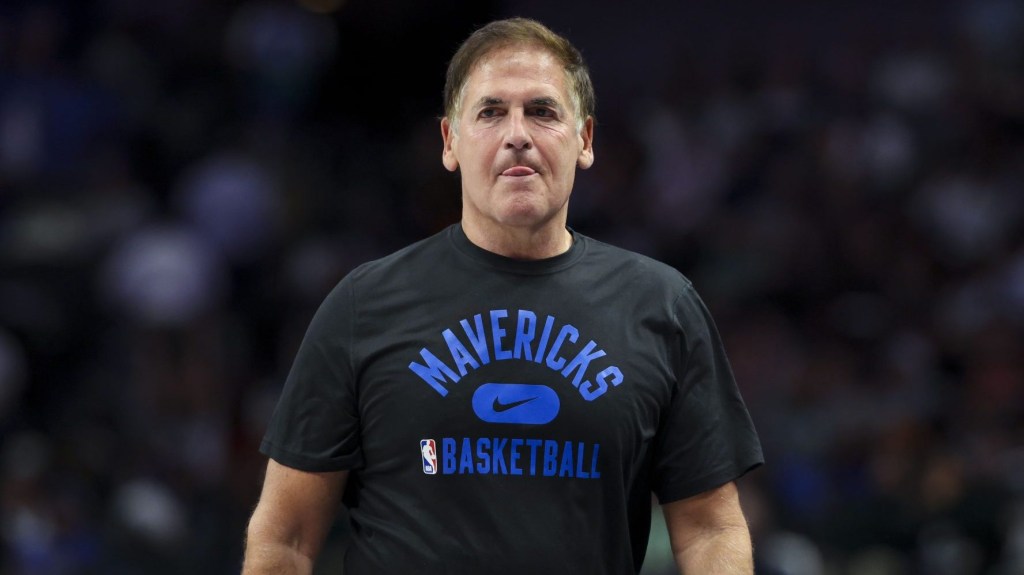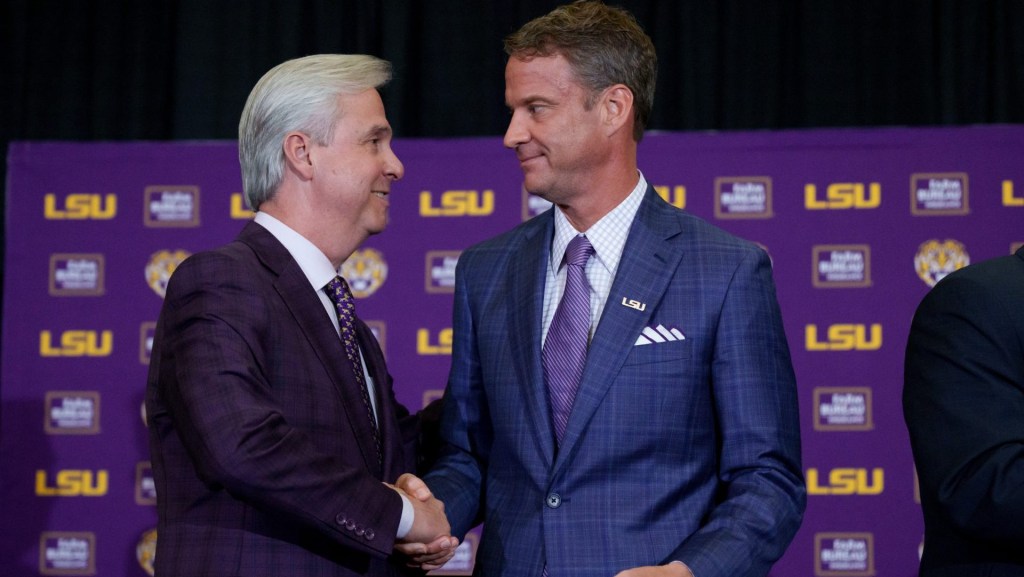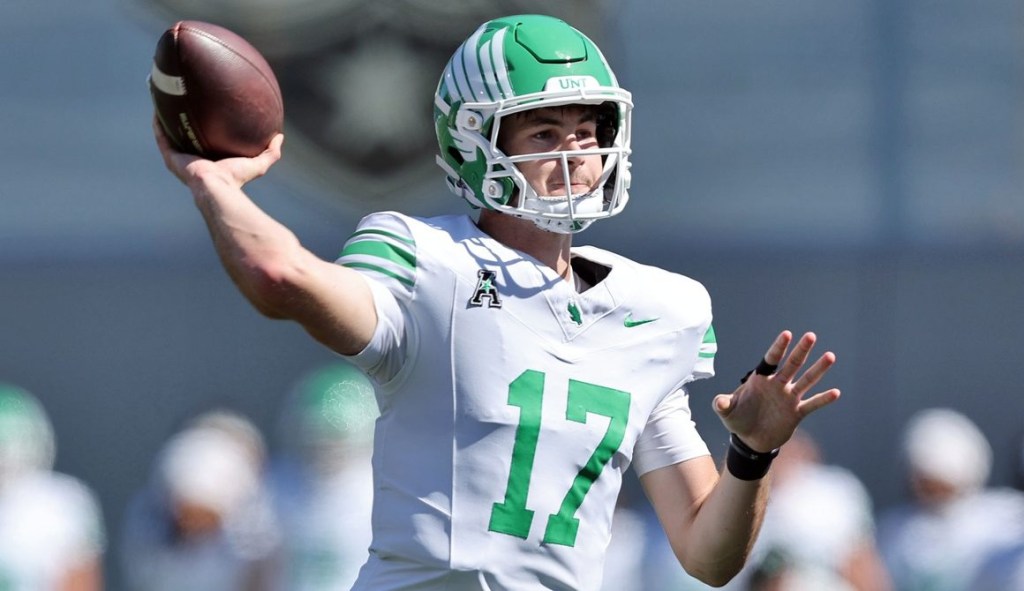While Kliavkoff views men’s basketball and football as the Pac-12’s problem children, there are opportunities to make even more money from already successful Pac-12 women’s sports, too.
In fact, those investments may be more efficient than spending money on basketball and football, according to Berri.
“You’re in an arms race where an additional dollar that you invest is going to have a hard time generating much of a return, because everyone else is investing in those same spaces.”
Considering New Data
Weaver said that women’s sports fans may consume content in different ways than men’s basketball or football fans. So there may be other data that conferences don’t have that could show they’re even more popular than traditional metrics reveal.
Weaver mentioned The Fan Project, which asks professional women’s sports fans to share social media user data. The goal is to figure out how they consume content and which metrics leagues should use to determine success.
With this approach, conferences could look to generate revenue using more accurate information.
More Investment Opportunities
Until then, even traditional revenue streams show opportunities for growth.
Under the Pac-12’s current media deal, the conference may be making less money on its women’s sports media rights than they’re actually worth, Berri agreed. Right now, most women’s sports are only broadcast on the conference’s independently owned Pac-12 Networks, and aren’t for sale to major networks.
Perhaps the next media deal — which Kliavkoff was specifically hired to renegotiate — could offer more women’s sports to major networks like ESPN or FOX.
Or, the Pac-12 Networks could keep their current assets and develop shows around teams instead. Arizona softball coach Mike Candrea told reporters this week that he believes the Pac-12 Networks lack the storytelling around softball the SEC network shows.
“It’s pretty prehistoric right now. We need to do something to fix it.”
The Pac-12 should also consider that spending money on women’s sports is an investment they may get back later on, Weaver said.
Athletic departments often justify spending money on men’s sports because their athletes may come back and make donations as alumni, Weaver said. “We should be able to say the same things for women’s sports.”

















